March 2025 Archive — Practical ideas from Craftsman to International Style
This month we published ten clear, hands-on pieces about architecture and design. If you care about historic detail, or clean modern lines, March brought a mix you can actually use when planning a renovation or choosing a style for a new build.
What we covered
Two pieces focused on American Craftsman: one looked at the movement’s heritage and why handmade details matter today; the other showed how Craftsman homes are coming back in modern renovations. Read these if you want real tips on woodwork, built-ins, or matching new fittings to old styles.
International Style showed up twice with a pair of articles tracing its rise and why it still fits modern living. These explain how to keep spaces functional and bright: favor open plans, slender profiles, and materials that let structure do the decorating.
We also revisited several revival styles. Gothic Revival and Renaissance Revival pieces explain how key elements—pointed arches, ribbed forms, or classical symmetry—translate into contemporary homes without feeling costume-y. Federal and Tudor articles highlight small moves (fanlights, timber accents) that add historical character without huge budgets.
Finally, we explored Romanesque architecture to remind readers where heavy, rounded forms work best: think strong public buildings, textured stonework, and bold entryways that read as sturdy and timeless.
How to use these ideas
Start with the function you need. Want cozy, human-scale rooms? Choose Craftsman touches: built-in benches, exposed joinery, and matte wood finishes. Want light and flexibility? Use International Style moves: minimal partitions, large windows, and neutral palettes.
Mixing works if you set clear rules. Keep one dominant style and borrow one or two elements from another era. For example, a modern, light-filled house can gain warmth with Craftsman wood trim or a Federal-style fanlight over the front door.
On a budget, focus on visible details: entryways, windows, and major fixtures. A well-chosen door, a simple arch, or a small bay window gives the house a clear identity without a full overhaul.
If you’re renovating an older home, measure before you change anything. Many revival styles depend on proportion. Keep original window heights and rooflines where possible, and update systems behind the walls so the house feels authentic but works for modern life.
Want a quick next step? Pick one article from this month that matches your project—Craftsman for hands-on detail, International Style for openness, or one of the revival pieces for historic flavor—then list three specific changes you can make next month. Small, focused actions add up fast.

Reviving the American Craftsman: A Journey into Heritage
The American Craftsman movement, steeped in history and craftsmanship, is experiencing a revival. With increasing interest in handmade, authentic products, there's a spotlight on crafts that tell stories of skill and tradition. This article explores how people are rediscovering the value in heritage crafts, offering tips for those keen to dive into this creative realm. From woodworking to textile arts, it delves into how modern artisans are blending old techniques with fresh ideas.
Read more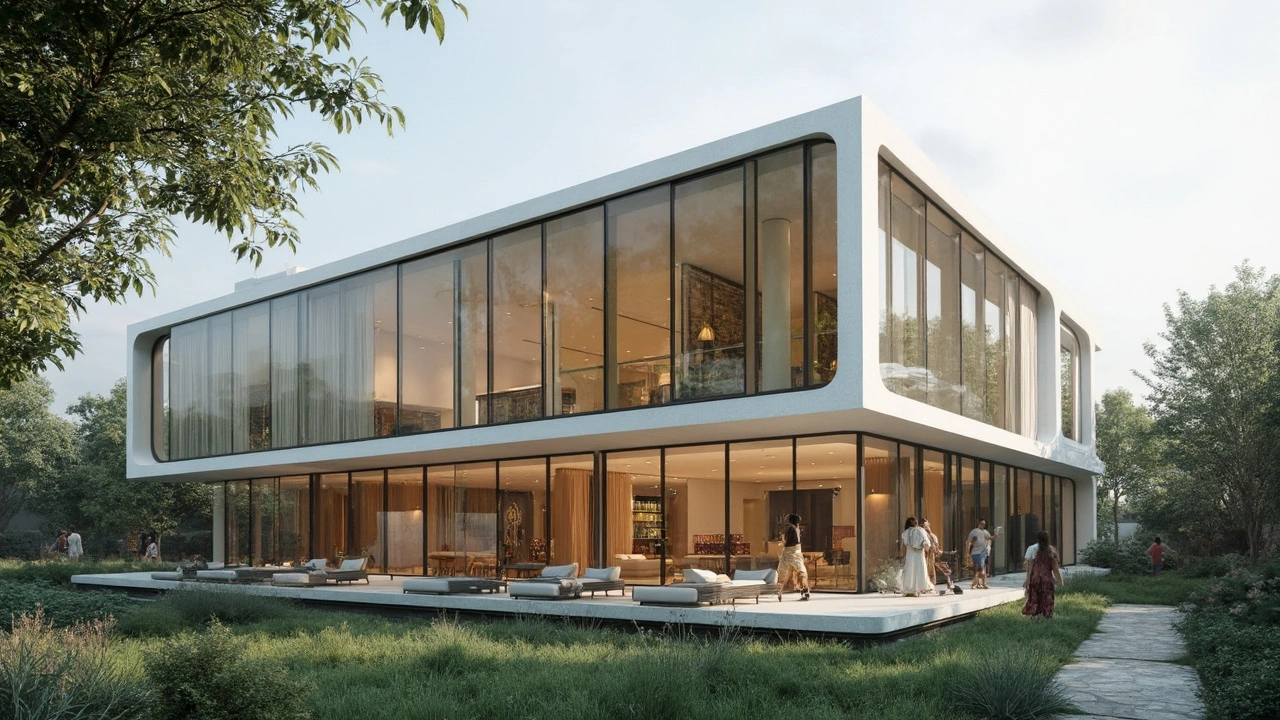
The Rise and Rise of International Style in Modern Living
International Style is more than just a design trend; it's about pursuing simplicity, functionality, and global influence in architecture and interiors. Emerging prominently in the early 20th century, it's a style that continues to shape our spaces. The emphasis on clean lines, open spaces, and minimal ornamentation sets it apart. Today, International Style is celebrated for its timeless appeal, sustainability, and cultural integration, making it perfect for those seeking a blend of elegance and practicality.
Read more
The Renaissance Revival: Rediscovering Architectural Excellence
Renaissance Revival architecture, with its rich intricate details and inspiration drawn from the past, is seeing a resurgence in modern times. This style is characterized by grandeur, symmetry, and classical elements, often recalling the splendor of European historical greatness. We will explore its distinctive features, offer tips on incorporating Renaissance Revival elements into modern spaces, and highlight notable structures embracing this timeless design. Whether you're a design enthusiast or renovating your home, there's something fascinating in this architectural style.
Read more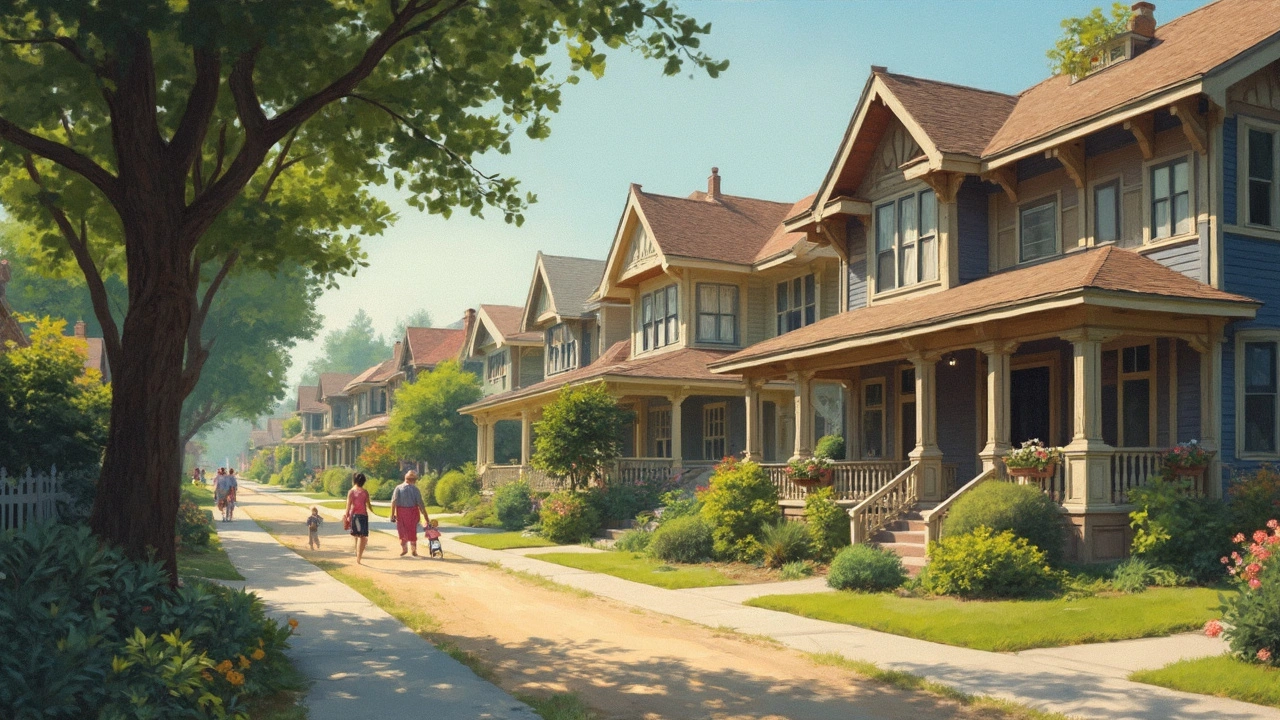
The Rise of American Craftsman Homes: Trends and Transformations
American Craftsman homes are making a comeback, with their unique design features and historical charm captivating a new generation. From their early 20th-century roots to their resurgence in modern home renovations, these homes offer practical benefits along with aesthetic appeal. Learn why homeowners are inspired to bring back Craftsman details and how you can adopt these elements in your renovation projects. Discover tips and ideas for blending traditional Craftsman style with contemporary living.
Read more
Gothic Revival Architecture: Blending Old-World Charm with Modern Flair
Gothic Revival architecture cleverly balances historical charm with modern design, reviving medieval elements for contemporary tastes. This style is recognizable by its pointed arches, ribbed vaults, and flying buttresses, originally inspired by the medieval Gothic design. As it rose to prominence in the 19th century, it encouraged the use of advanced building techniques and materials, influencing many modern architects. Today, Gothic Revival continues to fascinate by blending historical aesthetics with modern sensibilities.
Read more
Exploring the Grandeur of Federal Architecture
Federal architecture, a style deeply rooted in history, remains a symbol of elegance and civic pride. Known for its symmetrical shapes, classic lines, and refined ornamentation, this architectural style was popular in the United States from the late 18th to the mid-19th century. It was heavily influenced by Roman classicism and became an expression of the ideals of the newly-formed American republic. This article delves into the distinct features of federal architecture, showcasing its lasting impact on modern design.
Read more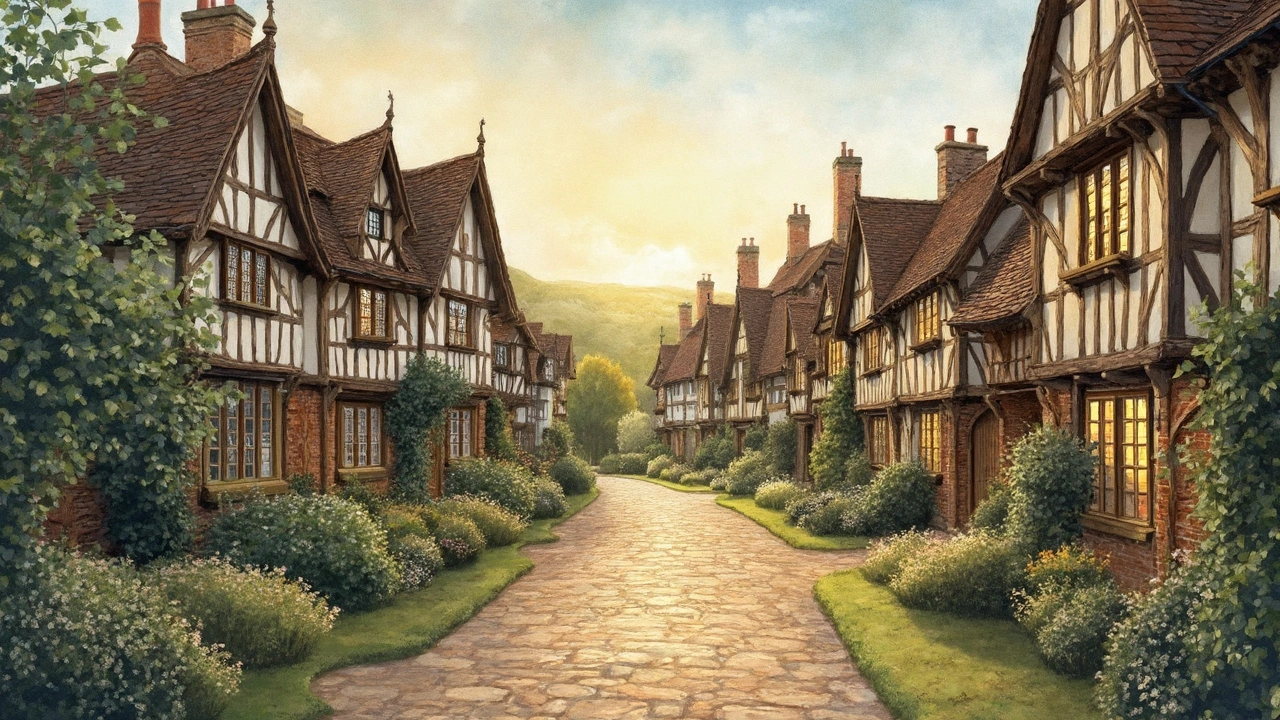
Tudor Architecture: Celebrating Timeless Craftsmanship
Tudor architecture showcases a unique blend of medieval and early Renaissance influences, characterized by its distinct half-timbering, steep gable roofs, and charming brickwork. This iconic style emerged in England between the late 15th and early 17th centuries and remains popular today, as its aesthetic appeal captures both elegance and historical charm. Critical to its allure are the intricate details and craftsmanship that highlight the artistic expression of the era. Understanding the features and historical backdrop of Tudor architecture can inspire today's designs and renovations.
Read more
Unstoppable Rise: Understanding International Style
International Style is a trend in architecture and design that emerged in the 1920s and 1930s. It emphasizes simplicity, functionality, and the use of modern materials. This style has become increasingly popular across the globe due to its clean lines and adaptability. From household items to skyscrapers, the International Style continues to influence contemporary designs. Exploring its features and evolution can offer fresh insights into its enduring appeal.
Read more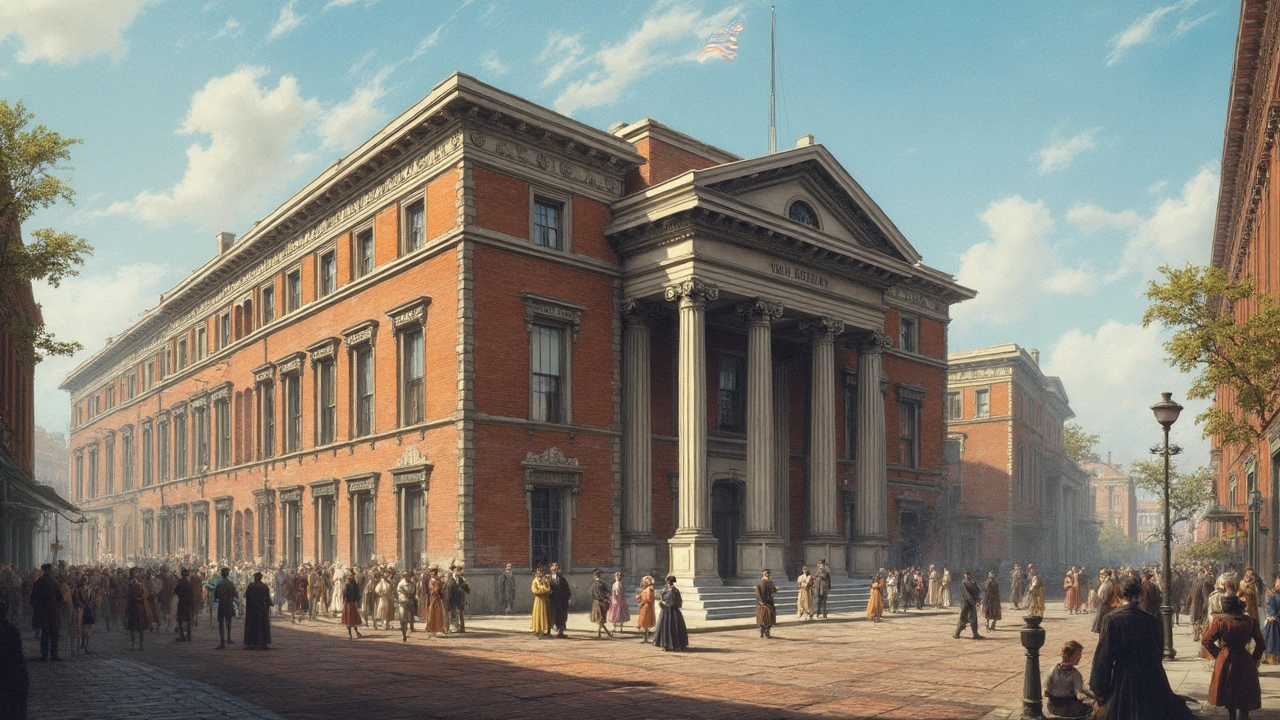
Federal Architecture: Classic Elegance Explained
Federal architecture is known for its classic elegance, marked by symmetry, balance, and distinct decorative elements. Emerging in the United States between 1780 and 1830, this style draws heavily from Roman and Greek influences. Its use in prominent buildings and modest homes alike showcases its versatility. Understanding key characteristics can help in recognizing examples of this architectural style. Exploring federal architecture can provide insights into American history and design evolution.
Read more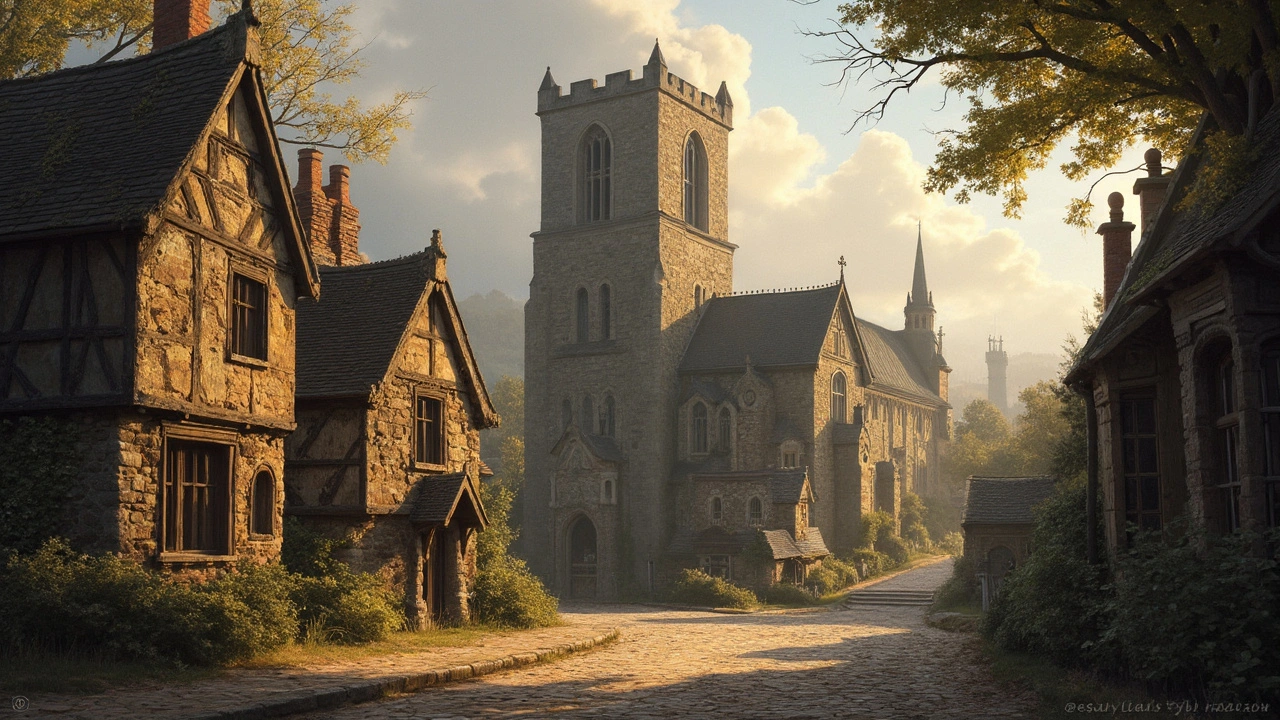
Exploring Romanesque Architecture: A Medieval Masterpiece
Romanesque architecture offers a glimpse into the medieval mind with its robust and sturdy designs. Dominated by thick walls, rounded arches, and massive towers, this style emerged around the 10th century. It profoundly influenced the structure of churches and castles throughout Europe. Exploring these architectural marvels reveals intricate carvings and the clever use of light. Experience the mysterious and awe-inspiring reality of buildings that have stood the test of time, and understand the principles that inspired countless architects.
Read more